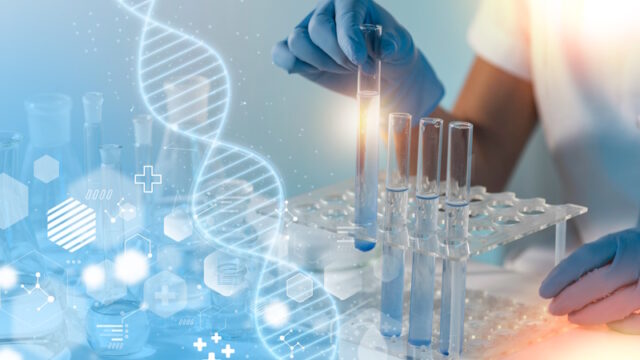
Biotechnology is filled with fascinating, intricate processes that pave the way for modern medicine and research. One such critical process is cell line development. Whether you’re a student, a researcher, or just someone intrigued by the workings of biotech, this article aims to provide a comprehensive, yet simple understanding of cell line development.
Laying the Groundwork: What are Cell Lines?
Before delving into the development process, it’s essential to understand what cell lines are. Essentially, a cell line is a culture of a single type of cell that can proliferate indefinitely in the lab. Derived from tissues of plants, animals, or humans, these cells have a consistent genetic makeup, ensuring that experiments and production processes remain uniform.
Primary Cells vs. Continuous Cell Lines
The Basics
Cells taken directly from an organism and cultured are known as primary cells. They have a finite lifespan and maintain most of their original characteristics. In contrast, continuous cell lines can grow indefinitely due to mutations that sidestep normal cellular aging, often resulting from cancerous origins.
Why Continuous Cell Lines?
For long-term experiments or large-scale production processes, primary cells might not be feasible. Here’s where continuous cell lines come in handy. According to a report by Nature Reviews, these cells offer longevity and consistency, making them invaluable in biotech.
The Steps in Cell Line Development
Source Selection
Choosing the right tissue or cell source is paramount. Whether it’s mammalian cells, bacteria, or yeast, the source should align with the intended application, be it producing a specific protein or studying a disease.
Isolation and Culture
Cells are isolated from the tissue using mechanical or enzymatic methods. They’re then placed in a conducive environment with nutrients, allowing them to grow and multiply.
Selection and Stabilization
Post-transfection, where desired DNA is introduced, cells expressing the desired trait are selected. These cells are then stabilized to ensure consistent performance over time.
Scaling Up
Once stable cell lines are established, they’re scaled up in bioreactors for larger applications or production purposes.
Applications of Cell Line Development
Biopharmaceutical Production
Cell lines play a pivotal role in producing biopharmaceuticals. As highlighted by PharmaTech, cell lines enable the production of proteins, monoclonal antibodies, and other therapeutic agents.
Research and Drug Discovery
Studying diseases, drug effects, and genetic disorders often require a consistent cell environment. Cell lines provide this consistency, making them indispensable in research.
Vaccine Production
Vaccines, especially those for viral diseases, often use cell lines for virus propagation, leading to the production of vaccines.
Challenges in Cell Line Development
Maintaining Purity
Contamination is a significant concern. Whether it’s bacterial, fungal, or cross-contamination with other cell lines, maintaining a pure culture is crucial.
Ethical Concerns
Especially with human-derived cell lines, there are ethical considerations about consent, especially if the cell line was established many years ago.
Optimization for High Yields
Especially in production, the cell line should be optimized to produce high yields of the desired product.
The Future of Cell Line Development
With biotech’s rapid advancements, we’re seeing a surge in techniques improving cell line development. From CRISPR gene editing to AI-driven optimization strategies, the future is filled with promise.
Seeking Expertise in Cell Line Development
Whether you’re a researcher or a biotech firm, developing the right cell line is a nuanced process. It often requires expertise and specialized equipment. That’s where Cell line development services come in, offering specialized knowledge and facilities to streamline the process and ensure optimal results. Sites like Biotech Analytics provide further insights into the industry’s dynamics, emphasizing the importance of such specialized services.
Cell line development, while intricate, underscores the beauty of biotechnology. By harnessing the power of cells and guiding their growth, we’ve been able to make leaps in medicine, research, and understanding the very essence of life.
As we demystify processes like cell line development, it becomes clear that science, while complex, is a harmonious symphony, playing the tunes of progress and hope.
Disclaimer
The information contained in South Florida Reporter is for general information purposes only.
The South Florida Reporter assumes no responsibility for errors or omissions in the contents of the Service.
In no event shall the South Florida Reporter be liable for any special, direct, indirect, consequential, or incidental damages or any damages whatsoever, whether in an action of contract, negligence or other tort, arising out of or in connection with the use of the Service or the contents of the Service. The Company reserves the right to make additions, deletions, or modifications to the contents of the Service at any time without prior notice.
The Company does not warrant that the Service is free of viruses or other harmful components












